Description
Foxboro FBM218/237 P0916QD – Redundant Communication Output Interface Module for Reliable Third‑Party Links
The Foxboro FBM218/237 (part code P0916QD) is a redundant communication output interface module used in I/A Series and EcoStruxure Foxboro DCS installations. From my experience, teams deploy this pair when they need dual-redundant serial links to external PLCs, drives, MCCs, or packaged equipment—typically over RS‑485/RS‑232 with Modbus RTU. You might notice that it follows the standard 200‑series single‑wide FBM form factor, so it drops right into existing baseplates with minimal disruption.
Company’s Order Placement Process and Guarantees
- Warranty: 365 days
- Delivery time: 1 week for in‑stock; no more than one month at the latest
- Payment terms: 50% advance payment; full payment prior to delivery
- Express options: FedEx, UPS, DHL
Key Features
- Redundant output channels – FBM218/237 operate as a redundant pair to maintain communication if one path is lost.
- Serial connectivity for third‑party systems – Typically supports RS‑485 (2‑/4‑wire) and RS‑232 for Modbus RTU master/slave links.
- Seamless 200‑series integration – Plugs into standard Foxboro 200‑series baseplates; engineering and diagnostics via the DCS tools you already use.
- Stable power via baseplate – 24 VDC nominal, supplied from the I/O baseplate for a clean, cabinet‑friendly install.
- Designed for uptime – Automatic switchover in most cases, plus module health monitoring to help maintenance react before a process upset.
- Noise‑tolerant wiring practices – Balanced RS‑485 and shielded cable guidance help in electrically noisy plants.
Technical Specifications
| Brand / Model | Foxboro FBM218/237, Part No. P0916QD |
| HS Code | 8538.90 (parts for industrial control equipment) |
| Power Requirements | 24 VDC nominal via 200‑series baseplate; module power typically < 7 W |
| Dimensions & Weight | Standard 200‑series single‑wide FBM form factor; approx. 0.55 kg |
| Operating Temperature | 0 to 60 °C (typical), 5–95% RH non‑condensing |
| Signal Input/Output Types | Digital serial communication outputs; no analog/DI/DO field channels |
| Communication Interfaces | RS‑485 (2‑/4‑wire) and RS‑232; Modbus RTU (master/slave) commonly applied; configurable baud/format |
| Installation Method | Plug‑in to Foxboro 200‑series baseplate (P0916‑series); baseplate DIN‑rail or panel mounted; redundant pair in adjacent slots |
Application Fields
This module pair is typically used where the Foxboro DCS must communicate to third‑party subsystems with high availability:
- Linking process units to PLC‑based skids (compressors, boilers, water treatment packages)
- Drive/MCC communication for speed control, start/stop, and status collection
- Data exchange with building utilities and OEM equipment in chemical, oil & gas, power, and pharma facilities
- Brownfield upgrades where Modbus serial remains the fastest, most practical path
Advantages & Value
- Reliability – Redundant comms reduce single points of failure; switchover is smooth in most cases.
- Compatibility – Fits existing 200‑series infrastructure; works with common Modbus RTU devices.
- Cost control – Keeps legacy links running without forcing a full network redesign, saving cabinet space and engineering hours.
- Maintainability – Diagnostics through Foxboro tools help technicians pinpoint wiring or device issues faster.
A maintenance supervisor at a refinery told us their redundant FBM218/237 setup “survived” a panel power dip—one side recovered instantly and the PLC link never dropped. That’s the kind of quiet resilience plants count on.
Installation & Maintenance
- Cabinet & environment – Install on standard 200‑series baseplates with adequate ventilation; maintain ambient 0–60 °C.
- Wiring – Use twisted‑pair, shielded cable for RS‑485; terminate at the bus ends only; keep RS‑232 runs short.
- Grounding – Bond shields at a single point to avoid ground loops; separate power and signal routing where possible.
- Redundancy layout – Place the pair in adjacent slots; verify active/standby status in engineering tools after commissioning.
- Routine checks – Periodically verify link quality, error counts, and baud/format settings; clean connectors during planned outages.
- Firmware/config – Keep configurations backed up; apply firmware updates during maintenance windows if recommended by the OEM.
Quality & Certifications
- CE compliant
- UL/cUL recognized (industrial control)
- CSA compliance (where applicable)
- Manufacturing quality aligned with ISO 9001 practices
Certification scope can vary slightly by production batch or region; in many cases, the documentation set with the module or the OEM datasheet will confirm the exact marks for your site standards.

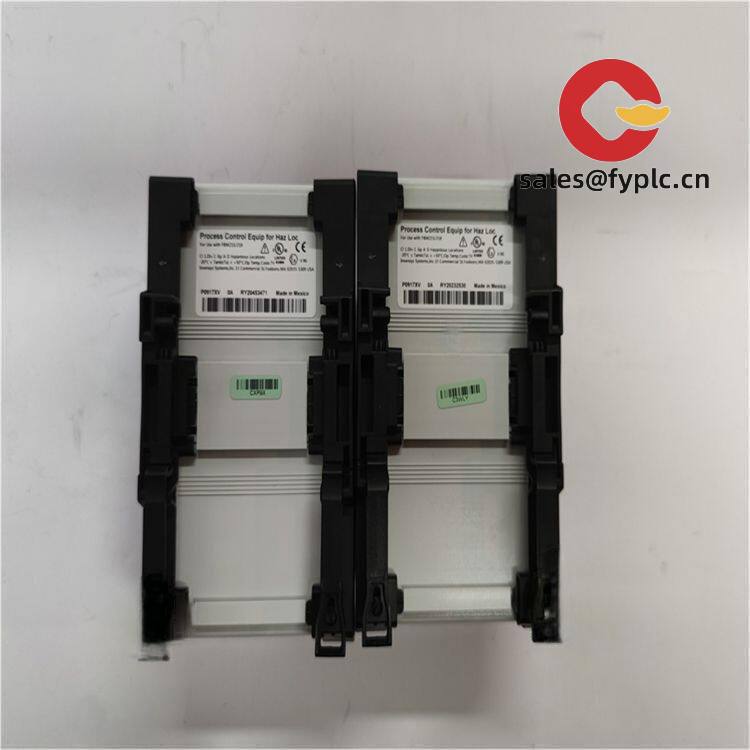
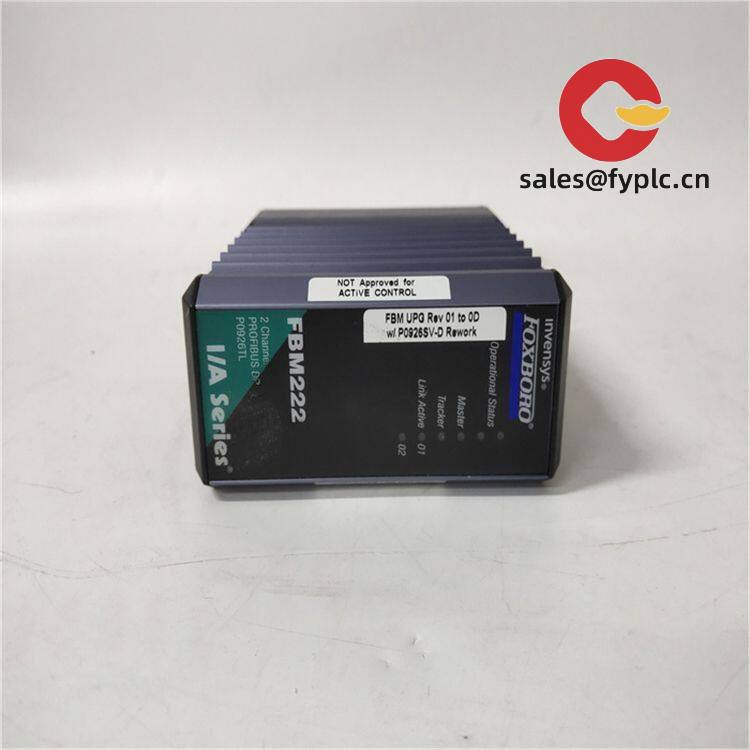

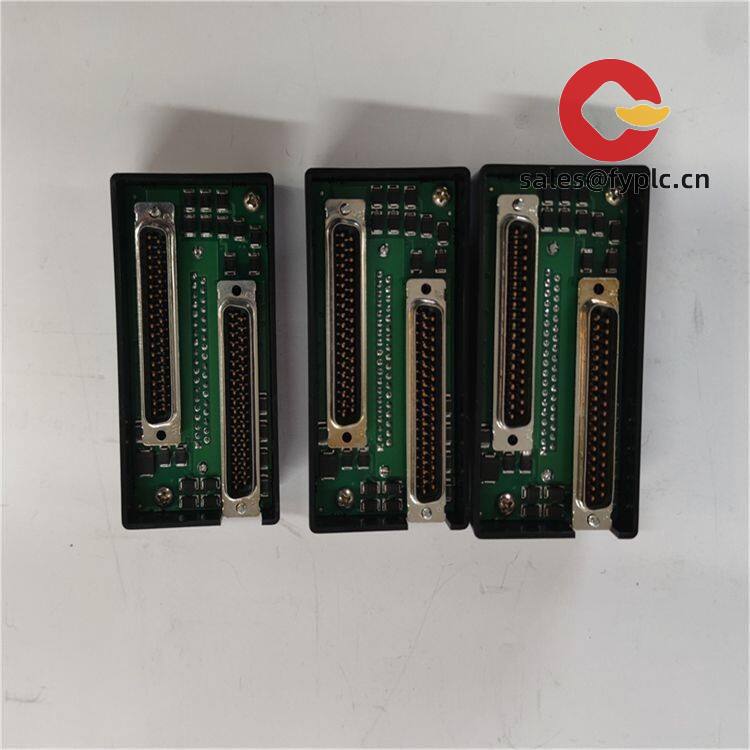
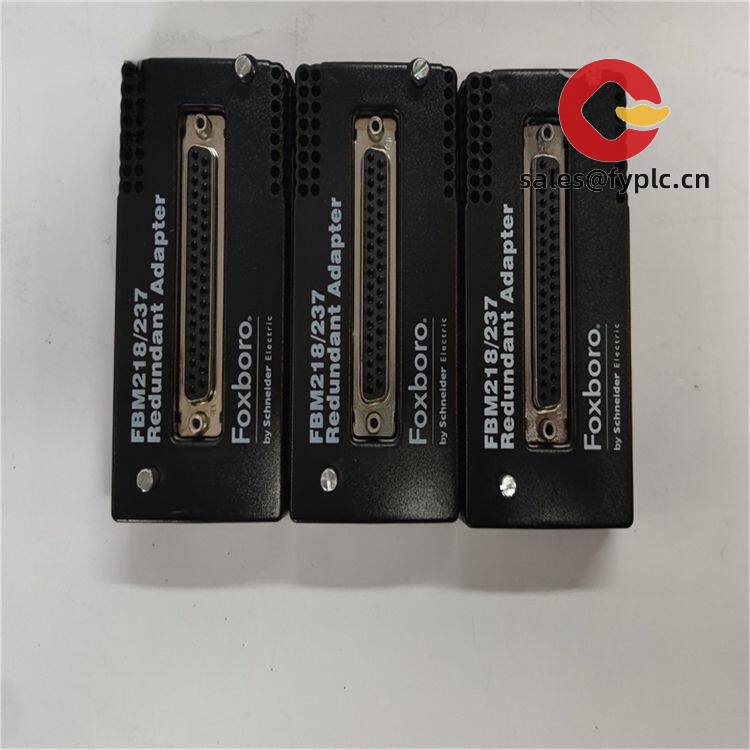

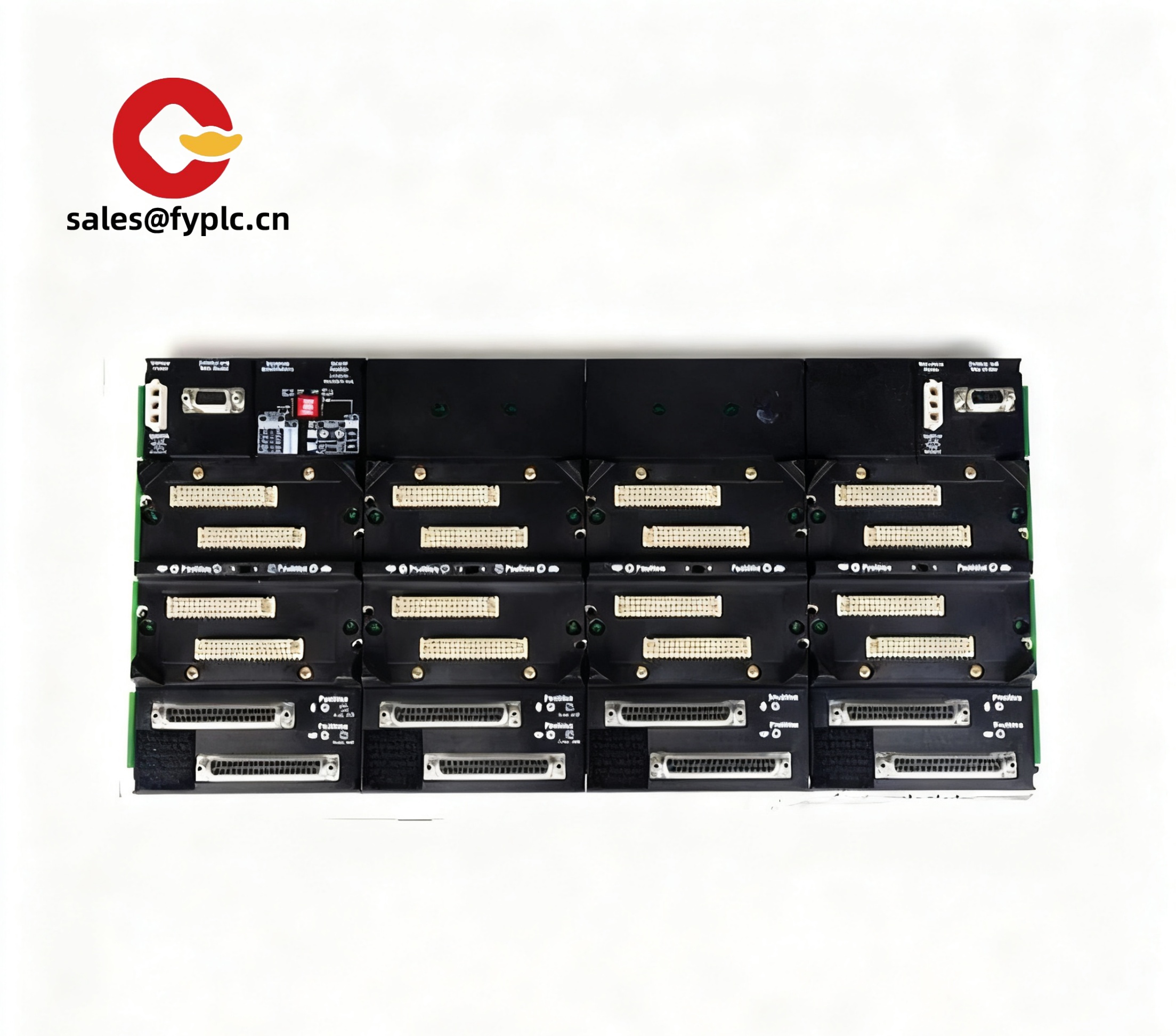
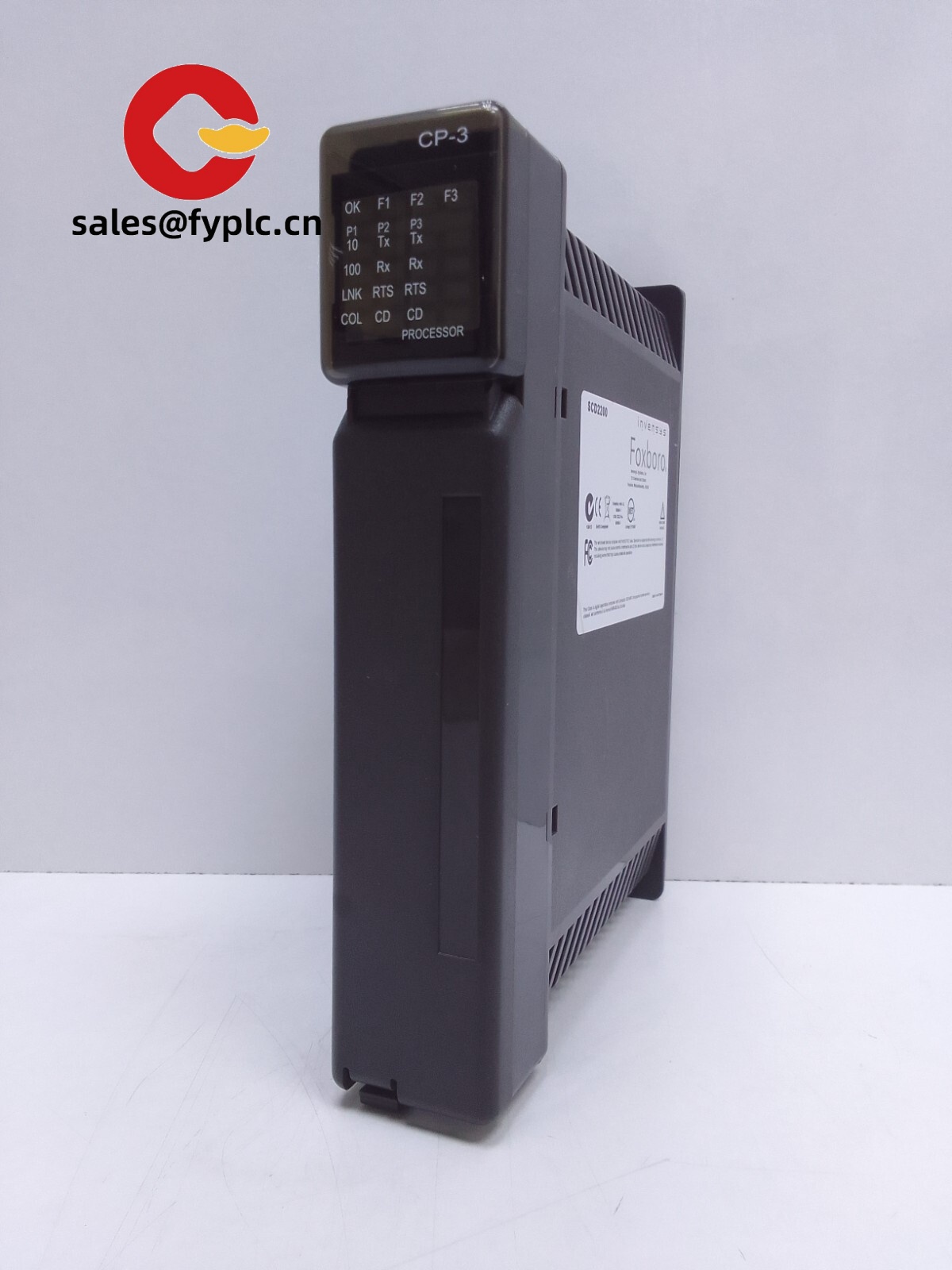
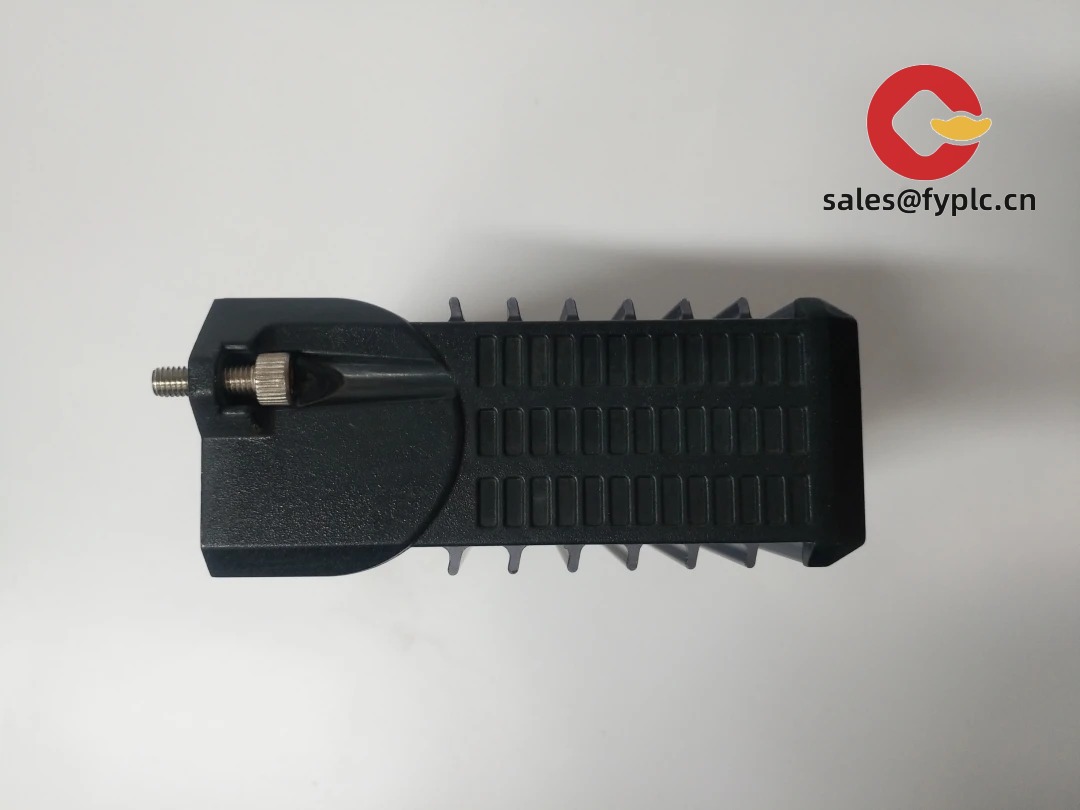
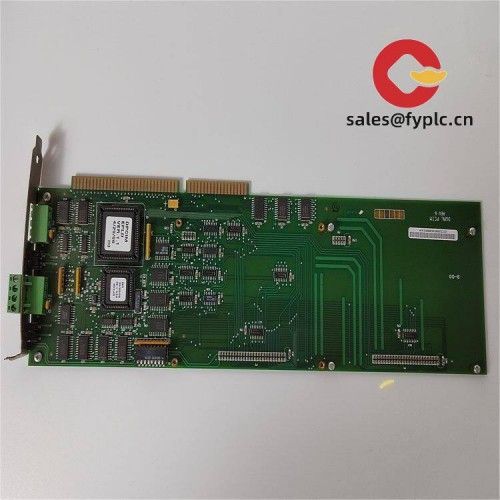

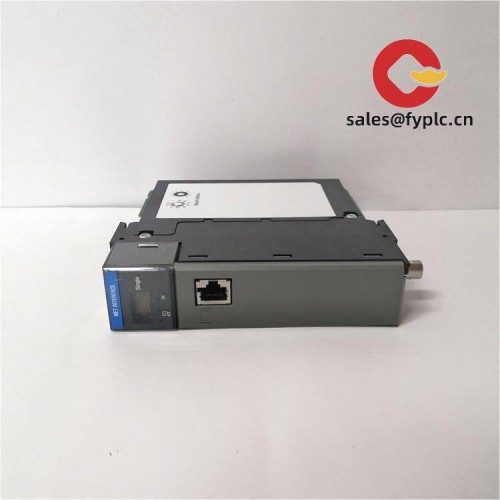




Reviews
There are no reviews yet.